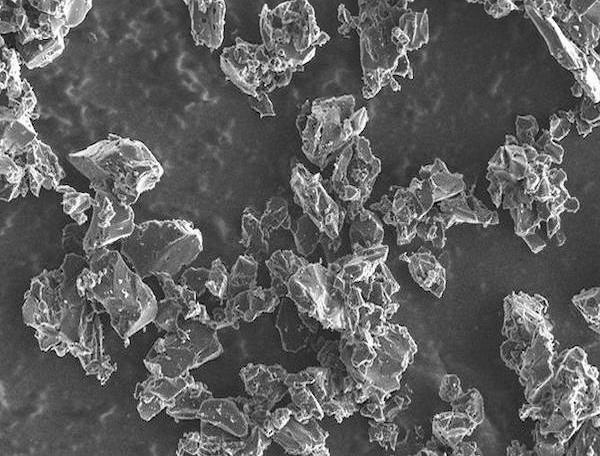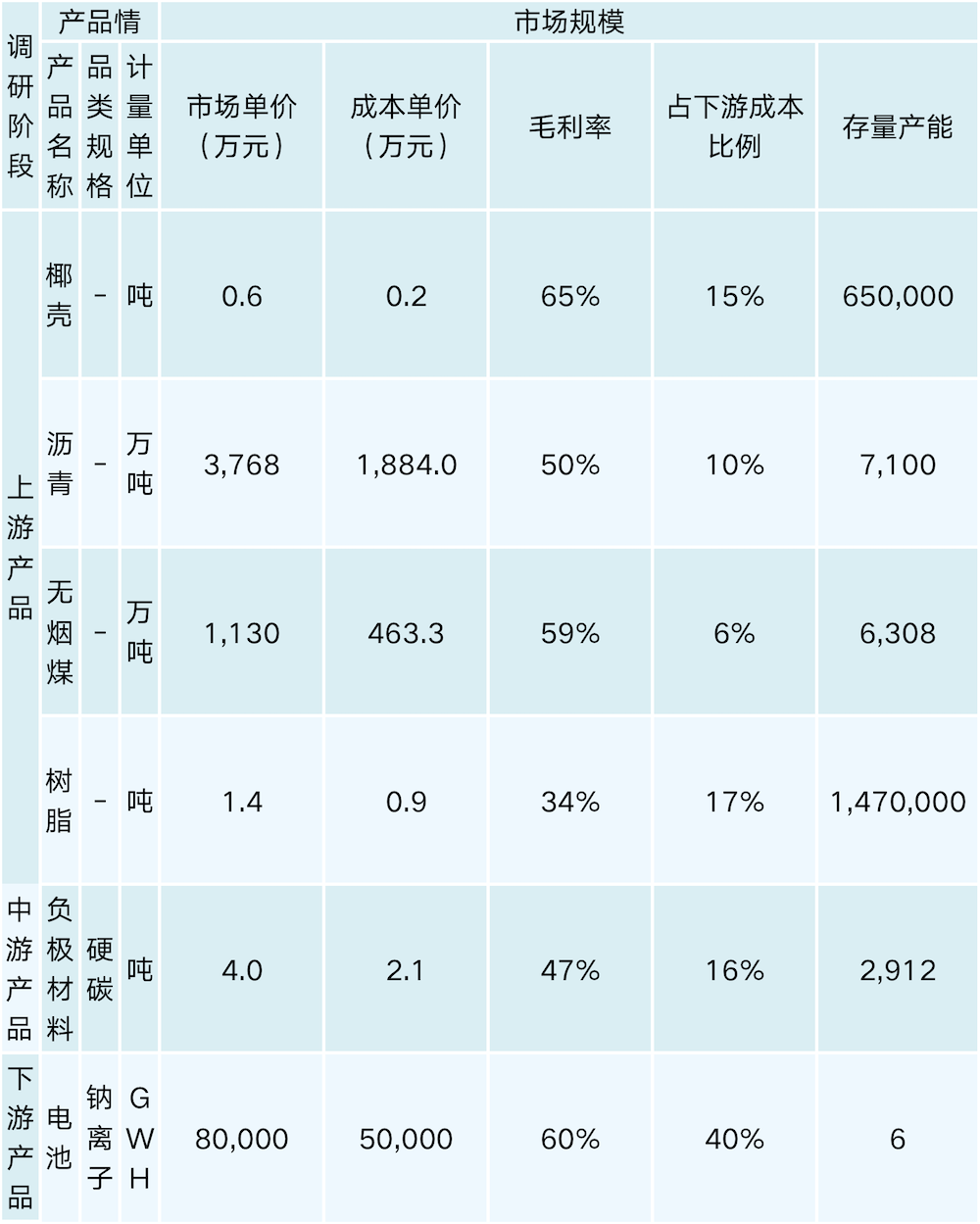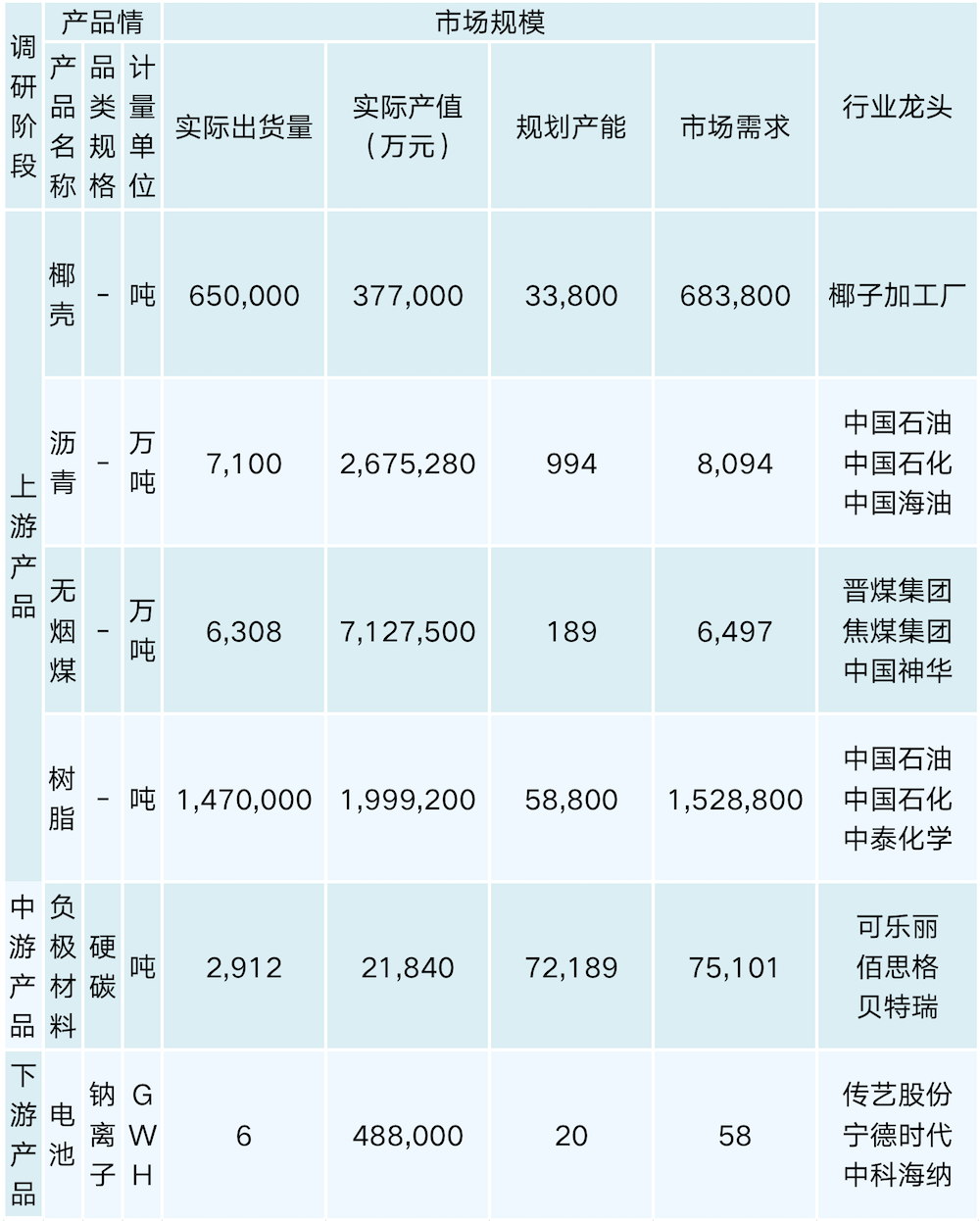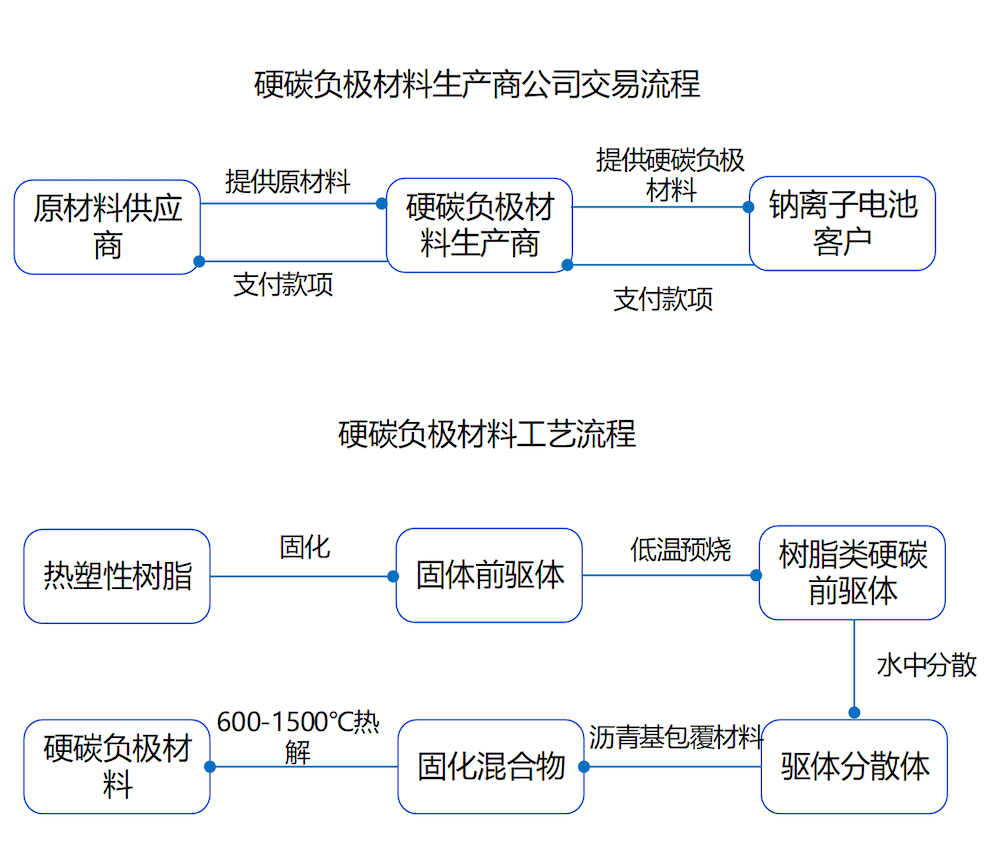
China is rich in sodium resources, sodium-ion battery is considered the most suitable for large-scale energy storage of new batteries, is expected to alleviate the shortage of lithium resources triggered by the limited development of energy storage and other issues. The primary choice of anode material for sodium-ion batteries is carbon-based, which has excellent electrical conductivity, and at the same time is flexible, low-cost and environmentally friendly. Hard carbon is carbon that will not graphitize after high-temperature treatment, and its internal crystal arrangement is disordered and the layer spacing is large, so that the hard carbon anode can store more charge in the same volume, which improves the energy density and endurance of sodium-ion batteries. The expansion and contraction of the hard carbon anode is more uniform during the discharge process, which increases its cycling stability, charging and discharging performance, and prolongs the cyclic service life of the sodium ion battery. Common precursors for the preparation of hard carbon materials include biomass, synthetic polymers and fossil fuels. With national support for the development of new energy vehicles and energy storage equipment, the market size of China's hard carbon anode materials industry will grow further. According to market forecasts, in 2025, the market size of China's hard carbon negative electrode materials industry will reach 8.65 billion yuan, and the average annual growth rate of the hard carbon negative electrode materials industry in the next five years will reach 15.3%.


